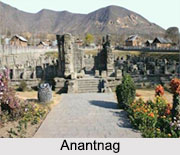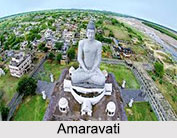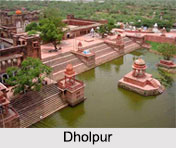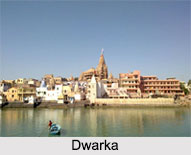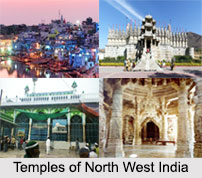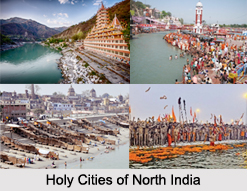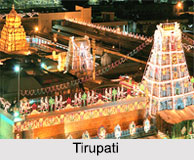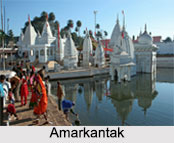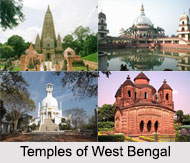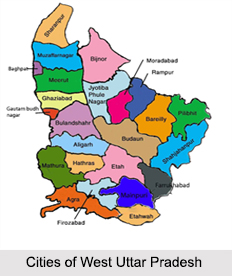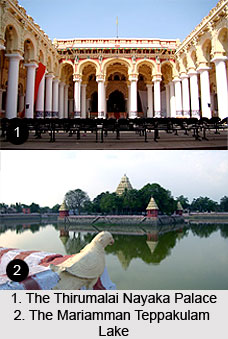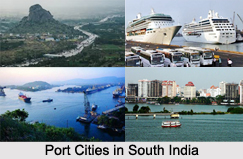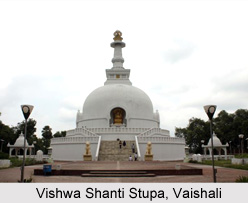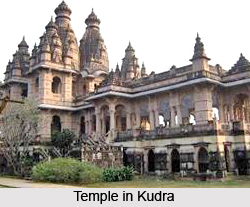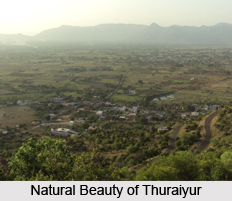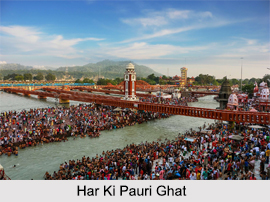 Majitha is a town and a municipal council in Amritsar district in Punjab.
Majitha is a town and a municipal council in Amritsar district in Punjab.
Majitha holds a distinguished place in the history of Punjab. It is for the well-known Majithia Sirdars (chiefs) who came from this region. There were several generals in Maharaja Ranjit Singh`s army of the Sikhs Empire in the first half of the 19th century.
History of Majitha
Majitha can be counted in the Maharaja`s army during the period of 1800-1849. The chieftains amongst the Majithia generals during the Sikh Empire were General Lehna Singh, General (aka Raja) Surat Singh, and General Amar Singh. Sons of General Lehna Singh (Sirdar Dyal Singh) and of General Surat Singh (Sirdar Sundar Singh Majithia) had great impact on the affairs of Punjab during the British rule through the later 19th century and the first half of the 20th century. Hari Singh Nalwa was the most celebrated general of the Sikh Kingdom. His family was known to have migrated to Gujranwala (now Pakistan) from Majitha sometime in the 18th century.
Administration of Majitha
The municipal Committee, Majitha, was constituted in 1924, as a second-class municipality. Even though Majitha had a previous municipal history, the by-laws were introduced in 1957. The Committee of Majitha has 11 elected members, out of which one is elected President and another Vice-President. The municipality has employed 12 scavengers for the cleanliness of the town. For removing the refuse and night-soil, a bullock-cart and five wheel-barrows are maintained. Majitha was electrified in 1957-58. For street-lighting, 136 lighting-points have been installed. Most of the streets of the town still have central surface drains. The new streets and the bazaars have side surface drainage. The sullage water is not properly utilised and is released into low-lying lands outside the town. The Municipal Committee has also introduced underground drainage in the bazaars of the town, but it has not yet started functioning. The Municipal Committee runs a library. It also maintains one kilometre of metalled roads.
Culture of Majitha
Majithia clans threw in with the rising star of the Sikh misls - Ranjit Singh - during the latter 18th century. As Ranjit Singh established the Sikh Empire around the turn of the 19th century, the Majithia sirdars gained prominence and became very influential in the Maharaja Ranjit Singh"s army. Ten different Majithia generals can be counted amongst the Sikh army during the period of 1800-1849. Majithia family was one of the three most powerful families in Punjab under the Maharaja. Best known of the Majithia generals were General Lehna Singh, General Surat Singh and General Amar Singh - each representing one of the three main branches of the family.
Geography of Majitha
Majitha is located at 31.76 degree north to 74.95 degree east. It has an average elevation of 215 metres (705 feet).
Demography of Majitha
Majitha Municipal Council has population of 14,503 as per 2011 census of which 7,639 are males while 6,864 are females. The population of children with age of 0-6 is 1540 which is 10.62 % of total population of Majitha. In Majitha Municipal Council, the female sex ratio is of 899 against state average of 895. The child sex ratio in Majitha is around 818 compared to Punjab state average of 846. The literacy rate of Majitha city is 76.37 % higher than state average of 75.84 %. In Majitha, Male literacy is around 81.01 % while female literacy rate is 71.27 %.
